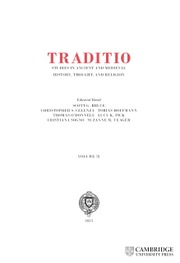Holy Rulers and Blessed Princesses
Medieval dynasties relied frequently upon the cult of royal saints for legitimacy, and in the central middle ages most royal dynasties included saints in their family. Within this context, the saints of the Hungarian ruling dynasty constitute a remarkable sequence, and provide a unique example of the late medieval evolution of royal and dynastic sainthood. Building upon a series of case studies from Hungary and central Europe, Gábor Klaniczay proposes an original new synthesis of the multiple forms and transformations of royal and dynastic sainthood.
- A deeply researched account of medieval Hungarian and central European royal saints, male and female
- The work of an author deeply and uniquely immersed in the religious and political history of medieval Hungary
- Contains a rich sequence of little-known images of saints and other images
Reviews & endorsements
"...the narrative is developed on a broad intellectual scale based on a thorough mastery of the material..." Catholic Historical Review
"Decades of study and a remarkably wide-ranging survey of European dynasties....Nicely illustrated...this book is recommended for all academic libraries supporting upper level historical research..." Catholic Library World
"[This] English edition, revised and supplemented...is an indispensable monograph in the field of hagiography and political ideology of the Later Middle Ages...The abundance of facts, the extensive case studies of objects of art or hagiographical traditions, as well as the rich illustrative material make Klaniczay's monograph a substantial contribution to the history of Christian saints and of medieval European political ideology...an essential reference tool for any student of the history of Central Europe or the field of royal sainthood." Comitatus
"...an important contribution both to Hungarian and east central European history and to medieval European history in general. Rich with details and subtle in its argument... The multiple forms and transformations of royal and dynastic saints that Klaniczay treats so effectively is, at all times, complemented by his larger vision of the European tradition. As a result, scholars of many times and places will find much here that is stimulating." Canadian Slavonic Papers
"An enormously ambitious and extremely thorough examination of the medieval cults of saints who belonged to royal dynasties[...]Cambridge University Press is to be congratulated on making such an important work--particularly one published not in French or German, but in a language not read by the great majority of western scholars--available in translation so soon after its initial publication." The Medieval Review
"In short, this is an excellent piece of scholarship, and Klaniczay manages to make a complicated argument persuasive and at times even exciting." - Sixteenth Century Journal David J. Collins, S.J. Georgetown University
"...Klaniczay succeeds in giving a lucid an convincing account of the mechanisms by which the notion of dynasty sanctity was normalized....the most compelling moments of the book are when Klaniczay uses his thorough knowledge of the material deliberately to wreck simple connections and illustrate the nuances of a given situation....this is an extremely valuable contribution to any understanding of the political and religious forces that shaped medieval, and subsequently modern, Europe..."
--Jonathan Stone, University, of California, Berkeley, Slavic and East European Journal
Product details
April 2002Hardback
9780521420181
512 pages
229 × 152 × 33 mm
0.92kg
91 b/w illus.
Available
Table of Contents
- List of illustrations
- List of genealogical tables
- Acknowledgements
- List of abbreviations
- Introduction
- 1. From god-king to sacral kingship
- 2. Martyr kings and blessed queens of the Early Middle Ages
- 3. Rex iustus: the saintly institutor of Christian kingship
- 4. The chaste prince and the athleta patriae
- 5. Saintly princesses and their 'heavenly courts'
- 6. The cult of dynastic saints as propaganda: the Angevin-Luxemburg synthesis
- Conclusion
- Appendices
- Bibliography
- Index.

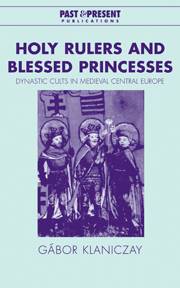
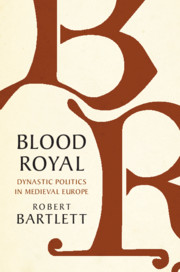
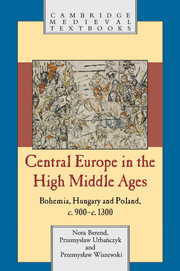
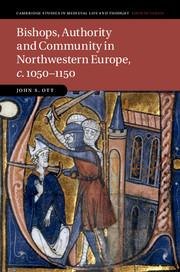

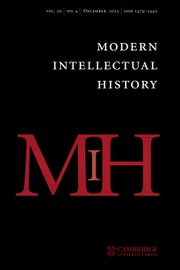

.jpg)
